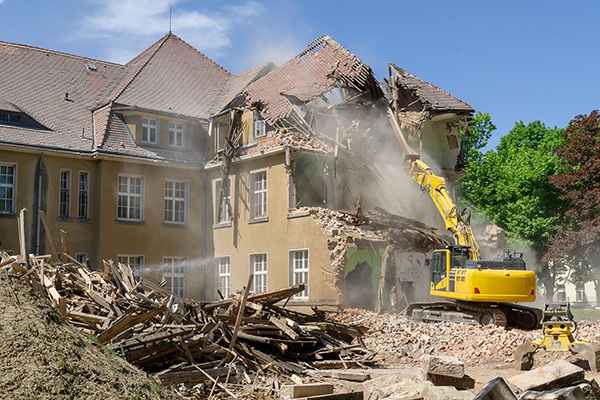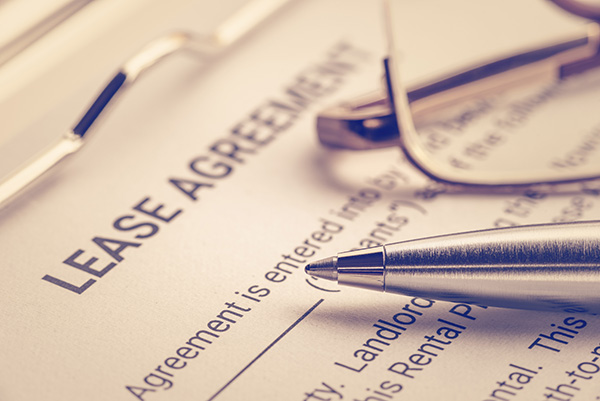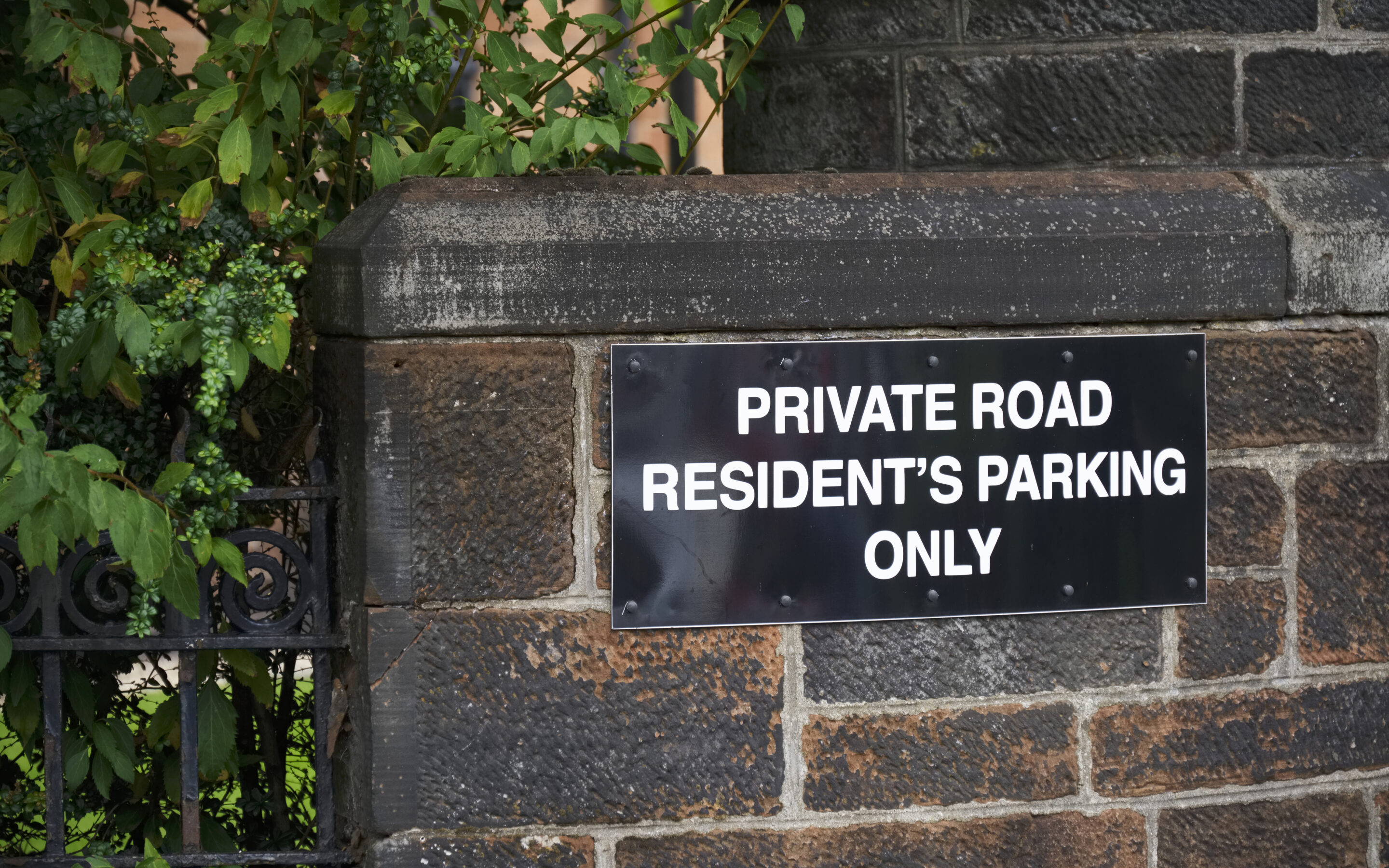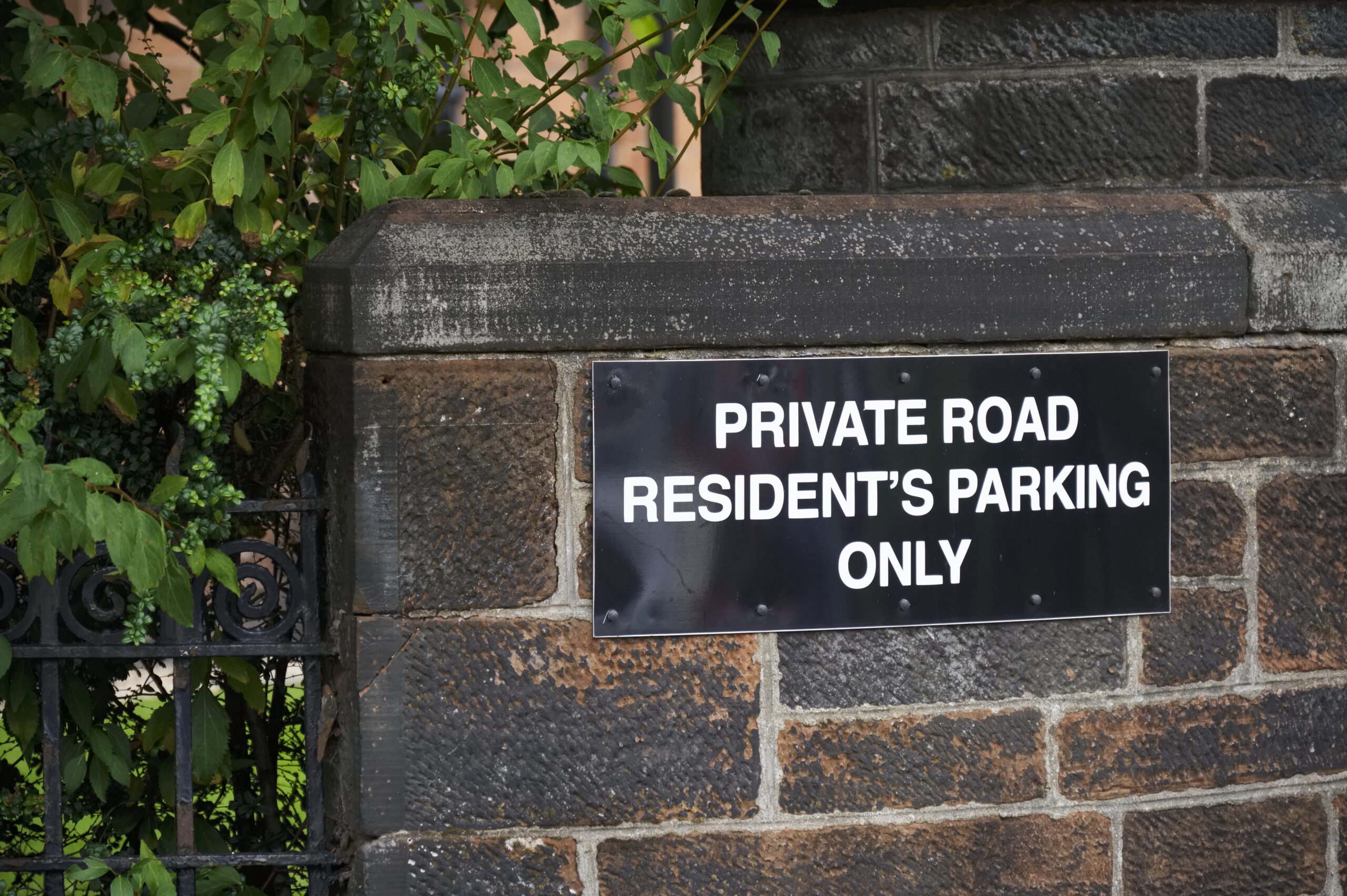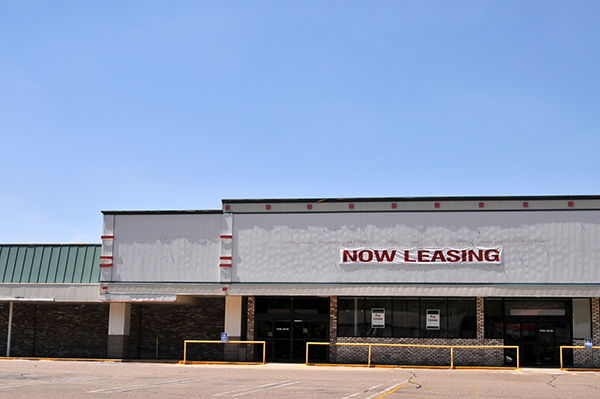
Lease Rights Beyond the Property Line

A lease is an agreement between one party which owns real estate, (landlord or lessor), and another party who seeks to gain use rights to some or all of that real estate for a set period of time (tenant or lessee). The landlord remains the owner of the property, but gives up their right to use and control the space during the time it is being rented in exchange for the rental payment. A good lease should clearly describe the area being rented. This is especially important when the landlord continues to own area near or around the rented area that is not part of the agreement. The tenant’s right to use and control the rented area should be obvious, but in more complex leases the tenants may require additional limited rights and assurances relating to land outside of the rented area. These rights broadly take two forms: (1) agreement that the tenant will be able to do certain things on the outside land, and (2) agreement that the landlord will refrain from doing certain things on the outside land. Before signing such leases, tenants should ensure any special rights they need to areas outside of the confines of the rented space are clearly defined and landlords should clearly understand what rights they are giving up to areas outside the rented premises.
For residential leases (homes or apartments), when the tenant is renting less than a whole house or only a portion of the parcel the residence is located on, the lease should clarify any open questions about uses of parking spaces, common facilities and drive-ways/access rights. For example, if a tenant is renting the upper unit of a two story duplex, can they store items in the shared basement? How many cars can they and their guests park behind the house before it starts interfering with their downstairs neighbors’ rights? If the rented area is a unit in a condominium association, the parties should make sure they understand whether the rights to the common area amenities of the Association are assigned to the tenant as part of the lease or retained by the Landlord as the owner of the Unit.
In the commercial context (leases for business locations), leases in multi-site developments sometime contain “exclusive use” clauses, restricting the landlord from renting to any other provider of the same of similar service within some set amount of area. It is most common for larger “anchor” stores in such developments to secure the best protective provisions for themselves because they have the most bargaining power, but any party is free to negotiate for them. For example, when negotiating a lease for one of six spaces in a strip mall, a pizza restaurant might (wisely) add a clause to the lease that the landlord guarantees no other tenant in the strip will sell pizza. This ensures the location the restaurant carefully chose will not be spoiled by new competition during the term of the lease.
Landlords who grant these exclusive use clauses need to be very careful in reviewing both their current and future leases to ensure compliance. In the prior example, it will be simple enough for the landlord to reject future pizza parlors from the development, but what happens when another tenant, an arcade, who was leasing from the landlord prior to the pizza restaurant, starts selling pizza to their customers? If the arcade’s lease does not prohibit such activity, the landlord has no grounds to stop the arcade from using the space as they see fit. The pizza restaurant would, rightfully, consider the landlord to be in breach of their contract as they were promised the exclusive use for that line of activity. Here, the landlord inadvertently made promises in the lease they were unable to fulfill and put themselves into a Catch-22 scenario. The same example could also get complicated if, for example, a new restaurant comes in and signs a lease that prohibits “pizza” from their menu but then sells Wisconsin-style cheese fries or calzones. Hopefully both leases defined the restricted use more specifically than just the word “pizza” to avoid any dispute about whether the new menu items qualify.
Beyond blocking specific types of competition, use restrictions can be more general in order to develop a certain type of aesthetic to the area surrounding a tenant. For example, a fine clothing retailer may wish to see a protection against their neighbor being a government office such as a unemployment or welfare office. A religious entity likewise may object to bars or adult content being sold next to their rented place of worship.
Increasingly common in Wisconsin, and across the country, are “solar leases,” in which development companies lease large swaths of cleared land, typically farm fields, to install solar panels. These leases rarely cover the entire property of the landlord and therefore contain extensive and detailed terms about what the landlord can and cannot do on the remaining land which is not being rented. In addition to common use provisions, solar leases more uniquely include prohibitions against building or planting anything which will cast a shadow over the panels. Landowners need to be very careful when entering into this agreement to ensure they can either continue to make use of the non-rented area, or, that they are at least adequately compensated for the loss of options over it.
The specifics of the agreement need to be set in writing with careful and detailed drafting. Rights and restrictions should be clearly defined to avoid unnecessary grey areas that can cause litigation. Tenants should also make sure that their hard bargained for use rights cannot be easily disposed of with manipulative corporate structuring, especially when the restricted area is not part of the same building or parcel as their rented space. If, for example, a landlord owns two commercial buildings next to each other but as separate parcels, transferring one of the properties to a separate limited liability company may allow the landlord to dodge any promises made to not permit certain activities on “all properties owned by landlord adjacent to the rented space.” Finally, the understanding of the parties needs to be executed in a legally binding way. When a signed written agreement exists, separate verbal or informal written agreements can be difficult to enforce. The terms should be incorporated into the lease itself or added as a formal amendment.
The examples and considerations provided here are just a few of the more common terms and issues related to this topic. Almost always such rights/restrictions are highly unique and customized to the situation and the needs of the Tenant. Leases need to be reviewed carefully and the impacts of any such terms fully considered prior to execution. If you need assistance with a lease, please reach out to one of our experienced business attorneys.

